Blockchain technology heralded a new era of transparency, fairness, and democratization of finance. Currently, there are numerous applications of blockchain that are helping make the world a better place while reducing financial barriers. One of these is tokenization, a process that enables asset owners to sell a portion or the whole asset and get compensated fairly. Also, assets that could only be afforded by the high net worth individuals can now be afforded by the average investor, thanks to asset-based tokenization.
In this article, we break down asset-based tokens, the rationale behind tokenizing assets, and take a look at assets with great potential for successful tokenization.
What Are Asset-Based Tokens?
Asset-based tokens are tokens whose value is backed by a real-world, tangible asset. Essentially, they are crypto coins whose value is pegged against an existing asset value. People tokenize real-world holdings so as to increase their liquidity (the real-world assets) in a market place.
Asset-backed tokens are offered during a Security Token Offering (STO).
An STO is a process where an investor exchanges money for tokens representing an investment. As such, we can describe security token offerings as events that distribute securities. And since tokens represent real-world property, STOs represent a secure investment option.
Why Tokenize an Asset?
Asset owners or managers tokenize assets to increase liquidity for the underlying asset. Liquidity is the degree to which an asset can be quickly and easily purchased or sold at a price reflecting its true value. Securities like stocks and bonds have high liquidity as opposed to assets like cars, real estate, jewelry, and so on. Liquidity commonly affects an asset’s trading volume. Good liquidity can also enhance an asset’s value since it’s easier to convert such an asset to cash.
Examples of Tokenization Use Cases
Tokenization is mainly used to back assets that generally have limited liquidity. Some of these assets include derivatives, real estate, art, company shares, commodities, and other assets that usually take long to find a buyer.
Below are examples of asset tokenization use cases:
☑️Tokenization of company equity.
☑️Tokenization of real estate investment trusts (REITs) for investors who want to venture into real estate. REITs can be customized to suit client needs or characteristics, such as risk tolerance
☑️Tokenization of real estate or rental returns. Today’s real estate is prohibitively expensive to scores of people who would otherwise be interested in a smaller percentage of the property. Tokenization allows such property to be “fractionalized,” allowing more people to invest in a property.
☑️Tokenization of intellectual property such as film licensing, royalty payments, etc. This allows fair distribution to every party that has a claim to such a movie, song, album, or book.
☑️Tokenization of accounts payable and receivable, potentially replacing factoring and other models of supply chain finance. This substitution would allow data to flow seamlessly between accounts payable and accounts receivable in Enterprise Resource Planning (ERP) systems.
Tokenizing an asset increases its value by opening up previously unattainable markets. Since asset tokenization is based on smart contracts, it also eliminates third parties and intermediaries – saving up money in the process. Moreover, investors who can’t afford these third parties are afforded the opportunity to take part in asset ownership. Not to mention, the automated tokenization process is faster, saving everybody’s time.
Categories of Asset-Backed Tokens
There are four main categories of potential tokenization of assets; these are:
- Tokenization of equity and debt
- Tokenization of commodities
- Tokenization of non-fungible hard assets
- Tokenization of non-fungible soft assets
I. Tokenization of Equity and Debt
Tokenizing equity and debt is a method of fundraising for startup companies. This process removes the need for intermediaries, such as banks and stock exchanges.
Fractionalization of equity ownership is by no means a new concept – stock certificates, timeshares, mutual funds, etc. have existed for a long time. But asset-backed equity and debt tokens now offer something much more – an immutable, transparent, and liquid digital representation of a company’s debt or equity. Any shareholder can access the blockchain platform and verify ownership and its authority to trade.
As such, although debt and equity are assets that anyone can purchase and sell today, blockchain technology radically improves the process. Private equity funds are traditionally low liquidity assets that require investors to hold their stake for at least one year. Hedge funds are another type of asset that is moderately liquid – requiring investors to hold for several months.
Increasing liquidity via tokenization would dramatically increase the value of these asset classes, enabling investors to better adapt to market fluctuations.
II. Tokenization of Commodities
Commodities that are normally traded on exchanges can also be converted into security tokens. Whether it’s oil, gas, grain, sugar, tea – any commodity that’s already traded through intermediaries can be tokenized.
Cross-border trading of more fringe commodities such as hydro, wind, or solar power can also be done via a blockchain-based exchange. Governments, utility companies, and consumers can all participate and interact on a single trustless and open platform.
As for tokens that are backed by real-world assets, physical verification is needed to establish the accuracy of the token value. Already, there are third-party auditors that exist for this end. These auditors can now combine real-life verification with blockchain-based tracking to increase confidence in the marketplace.
For gold, which commonly trades through exchange-traded funds, tokenizing it completely changes the game. Each token represents part or the whole gold bar that’s stored and audited by a third party “oracle.” The oracle verifies the gold’s weight, purity, authenticity, etc.
Bitcoin, the ‘digital gold,’ could be even replaced by tokenized gold in the future. The advantage Bitcoin holds over real gold is its ability to be easily divided and transferred. It’s easy, for instance, for a token exchange to take Bitcoin worth $3,000 and send 1% of that to another crypto holder. It’s, however, challenging to do the same with a bar of gold. But once you tokenize it, it becomes much easier to sell and transmit a fraction of that gold, and the same is true for other commodities.
III. Tokenization of Non-fungible Hard Assets
Hard assets are tangible and physical assets. Hard assets also present many opportunities for tokenization. In this category, we will look at two hard assets: real estate and collectibles.
- Real Estate Tokenization
Tokenizing real estate could make it a borderless investment, more profitable, and more affordable for all types of investors. Real estate here means things such as rentals, hotel chains, motel chains, care homes, etc.
- Collectibles Tokenization
Traditionally, collectibles such as rare art pieces have been a preserve of the rich. With tokenization, anyone anywhere can hold a percentage of a collectible.
Also, tokenizing an asset helps it achieve more value in the long term. An art piece, for instance, can be tokenized and distributed on the blockchain with each ‘shareholder’ holding a tradable share of the piece.
IV. Tokenization of Non-fungible Assets
Soft assets are assets that are intangible and which are usually hard to quantify and establish their value. We’ll look into two types of soft assets: intellectual property and digital asset collectibles.
- Intellectual Property (IP) Tokenization
IP assets such as copyrights, royalties, patents, and trademarks have traditionally had low liquidity and have never had a secondary market place on which investors can buy. Tokenizing IP ownership would not only enhance its liquidity but also increase its value.
- Digital Asset Collectibles Tokenization
Usually, it’s difficult to prove ownership of digital collectibles – with the only proof being a contract between the provider and the user. However, tokenization could create a market place for these virtual goods, even increasing their liquidity and hence value.
Challenges and Opportunities for Asset-Backed Assets
Asset-backed tokens go toe to toe with Bitcoin in terms of being fungible, transferable, scarce, and durable. As such, asset owners can find a market place for their assets easier than ever.
Tokenization could face a hostile environment depending on territory. For instance, China, Qatar, and South Korea have banned STOs outright, while countries like the US, Singapore, Germany, and the EU allow it, albeit with strict regulations. Other countries like India are yet to take a definitive stand on STOs. Some jurisdictions like Malta have granted STOs free rein – placing no limitations or regulations on them whatsoever.
Tokenization might also be prone to user error, and it’s easy to lose your tokens if you’re not careful with your wallet private key address.
Asset-backed tokens are immune from the volatility swings experienced by utility tokens and cryptocurrencies. Asset-tokens can trade 24/7 if listed in crypto exchanges. This exposes them to market liquidity from investors all over the world. Also, asset-rich companies may soon adopt tokenization, increasing its visibility. This would popularize the idea of asset-backed tokens, pushing it into the mainstream.
Conclusion
Asset tokenization enables a physical asset to be divided into smaller parts, making it easier to convert into cash. Thanks to asset-based tokens, times may be gone when people had to wait for months or years to finally get a move in market position for their assets. And anyone, regardless of geographical location or the capital they possess, can get a share of attractive assets that they previously couldn’t. Tokenization will help create more inclusive, fair, and effective marketplaces.

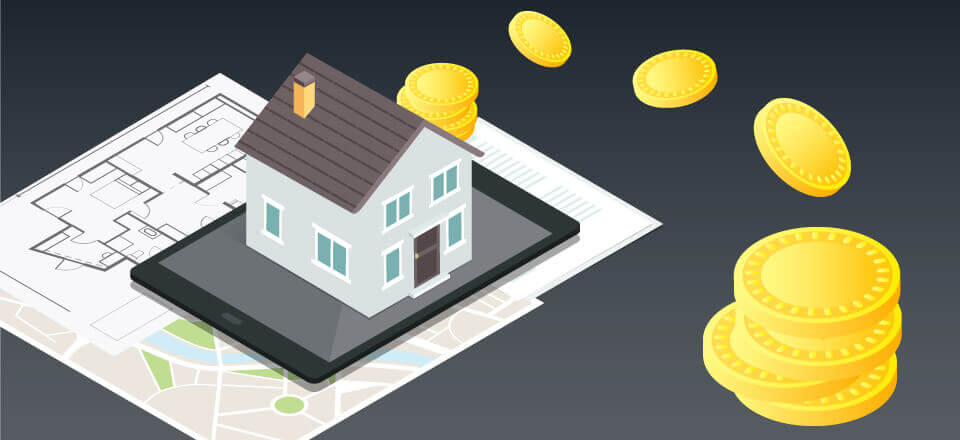
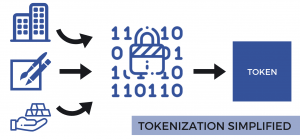
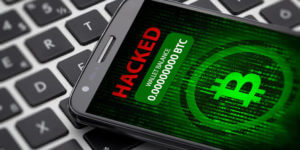
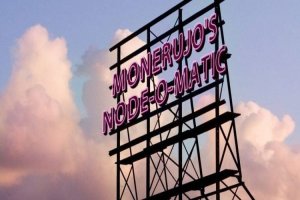
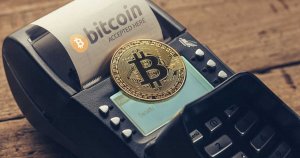
One reply on “A Complete Guide to Asset-Backed Tokens ”
Interesting, This article will useful for newbies who are interested to invest in asset-backed tokens. Thanks for sharing such a wonderful clarification about asset-backed tokens!